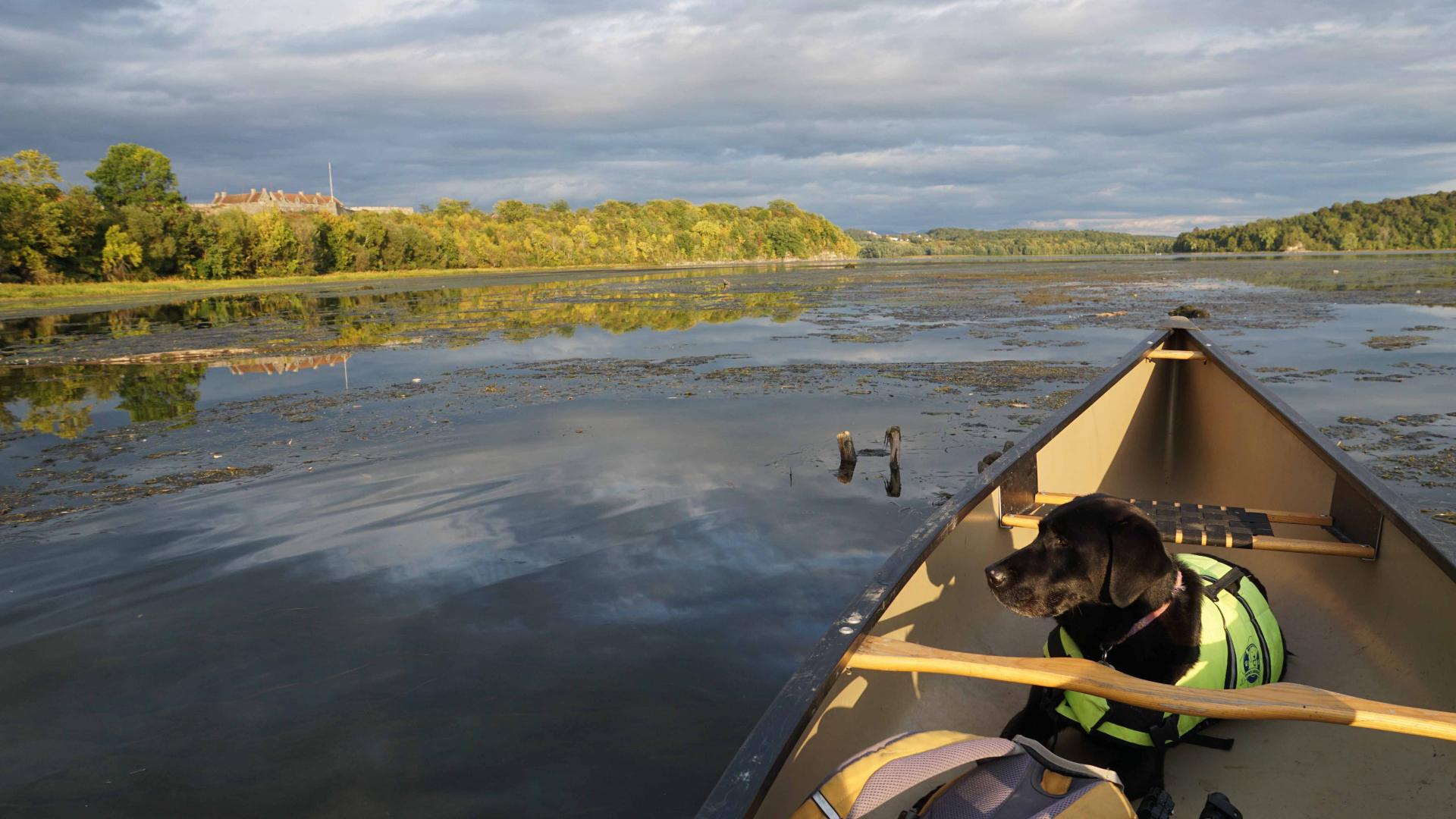Spring and summer paddling
The winter sun is getting higher and higher in the sky, which means that the snow and ice which have held tightly to the Champlain Valley for the past few months will soon be loosening their grip. After all, spring may just be beginning, but it isn’t too early to think about our upcoming paddling season. And the Champlain Valley presents lots of locations for paddling — some of which are best covered with touring kayaks — thanks to the coves, bays, and waters of the sixth largest lake in the country. But I prefer to skip the wide waters of the lake itself for the river and creek paddles the area offers, largely because they present excellent wildlife viewing opportunities. Here are my favorite two.
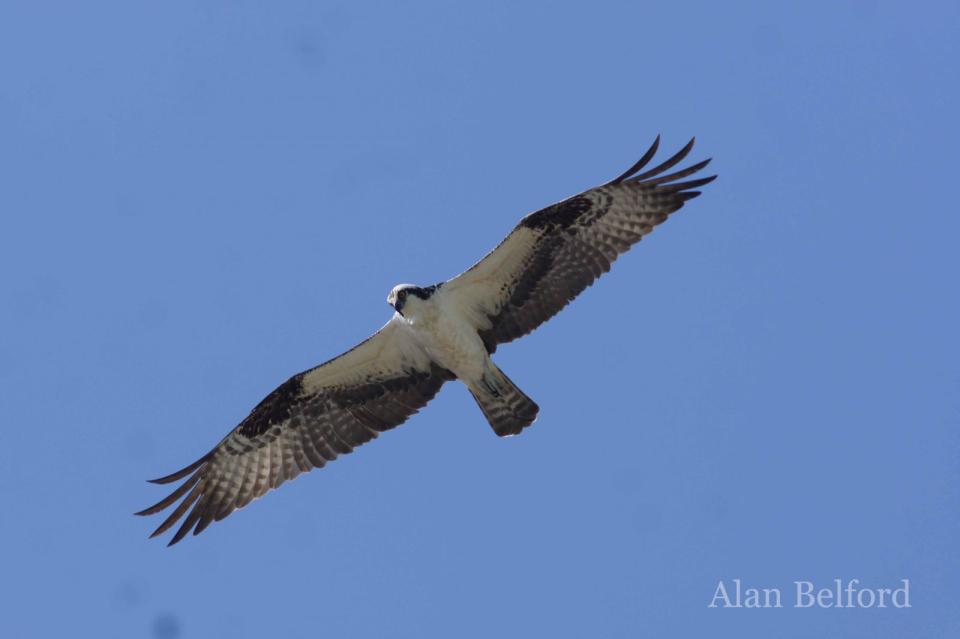
Scomotion Creek
Many folks who visit Plattsburgh pass right by the boat launch for Scomotion Creek; it sits along Route 9 on the north side of town (0.7 miles north of Cumberland Ave), a short distance south of Cumberland Head. The put-in is a relatively easy slope from the parking lot of a doctor’s office, so paddlers should plan their trips on the weekends or late in the day when the doctor’s office is closed. But not to worry — with the extra hour of daylight we have at the end of the day thanks to daylight saving time, there is plenty of time to fit in a paddle after work. The paddle itself is easy, and paddlers can follow the creek for a couple miles each way.
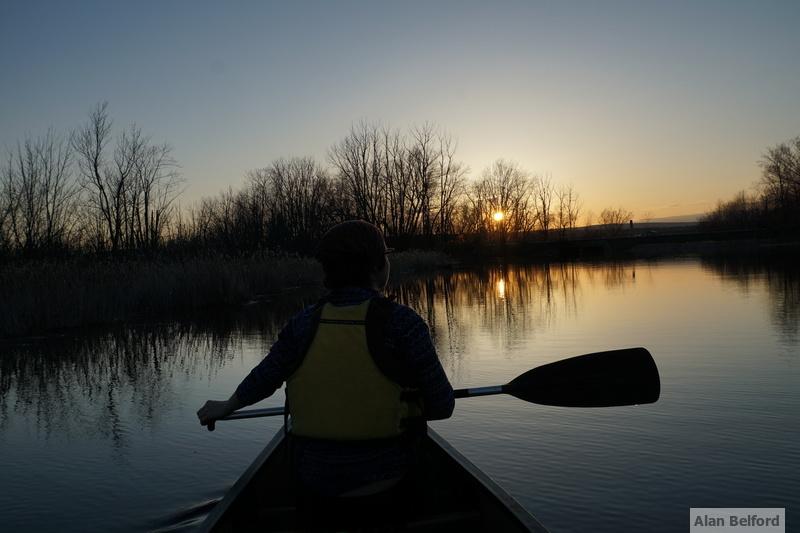
Once on the water, paddlers should head northwest — and away from Lake Champlain and Cumberland Bay — quickly passing beneath I-87. From there, the creek opens up into a wide marsh and wetland which stretches out in the low-lying area situated between Route 22 and Moffit Road and offers hours of exploration. For birdwatchers, wildlife watchers, and other nature lovers, Scomotion produces a long list of species starting with common muskrats swimming past carrying cattails, or beavers doing the same with sticks. Paddlers may also luck into spotting a North American river otter, and they can come away with a litany of bird species.
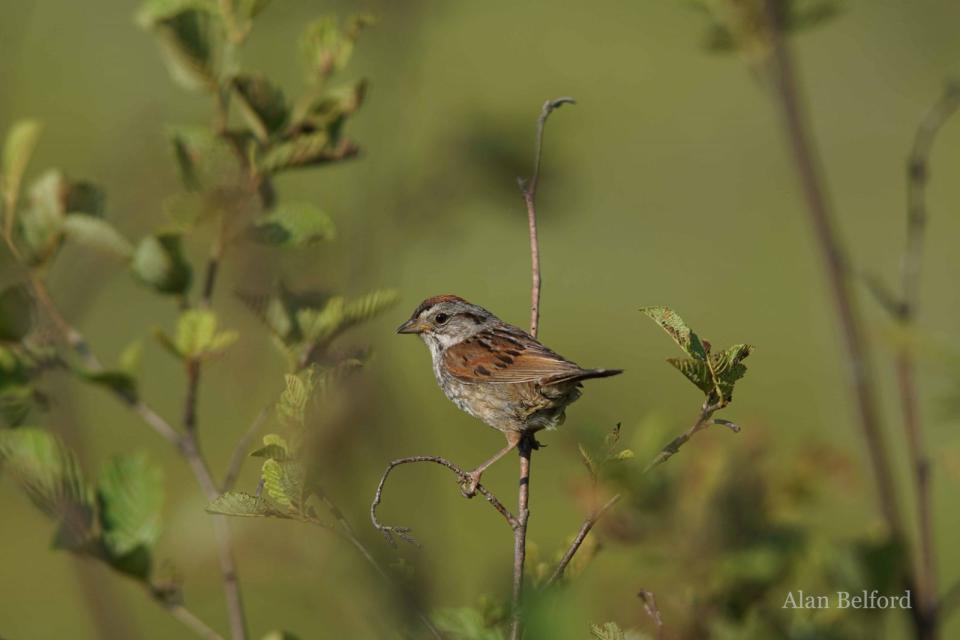
This list includes large raptors like bald eagles or ospreys, the latter of which can be spotted at their nests along the powerlines which flank the west side of the creek. Paddlers can also spot both American and least bitterns lurking in the cattails, or green herons or black-crowned night-herons sitting on low limbs. Wood ducks and blue-winged teal hide in tucked away pools, marsh wrens and swamp sparrows offer music to speed one’s paddling efforts, while tree, bank, and barn swallows swoop overhead as they catch insects.
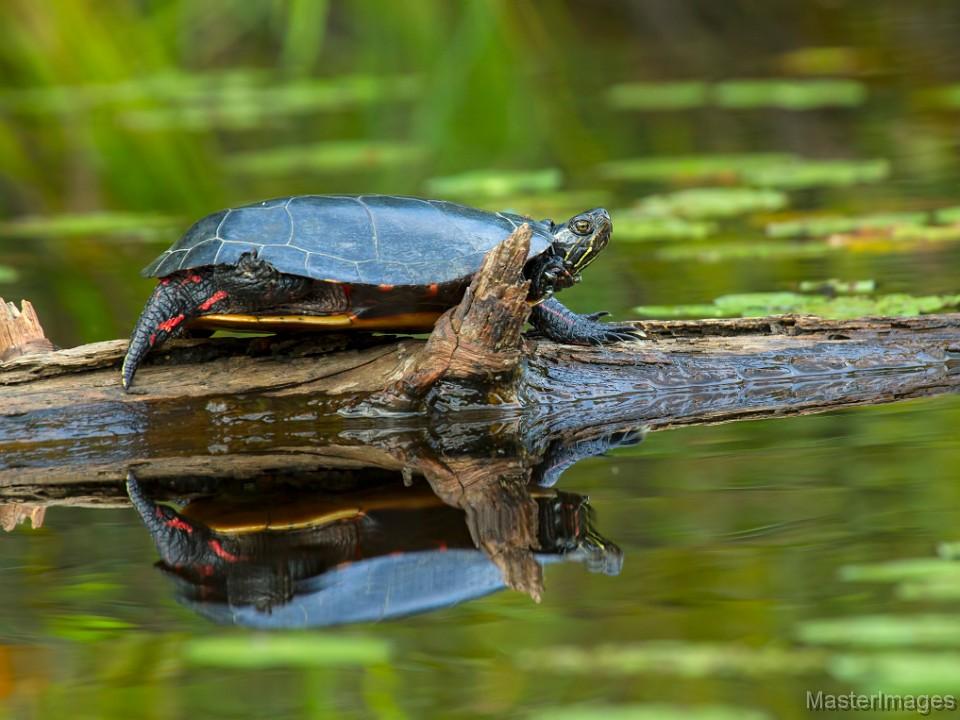
The La Chute River and Ticonderoga Marsh
My favorite paddle for finding wildlife in the region, the trip into Ti Marsh, can be approached two different ways. The first is to put in a kayak at the Ticonderoga ferry and paddle south along Lake Champlain. The second – and preferred – approach is to put in on the La Chute River in the Ticonderoga recreation park and follow the river into the marsh. This approach offers a much more intimate paddle, (and more wildlife viewing opportunities as a result) helping paddlers dodge motorboats on the lake, and high winds on open water, although anyone going should be mindful of the wind once they reach the wide marsh.
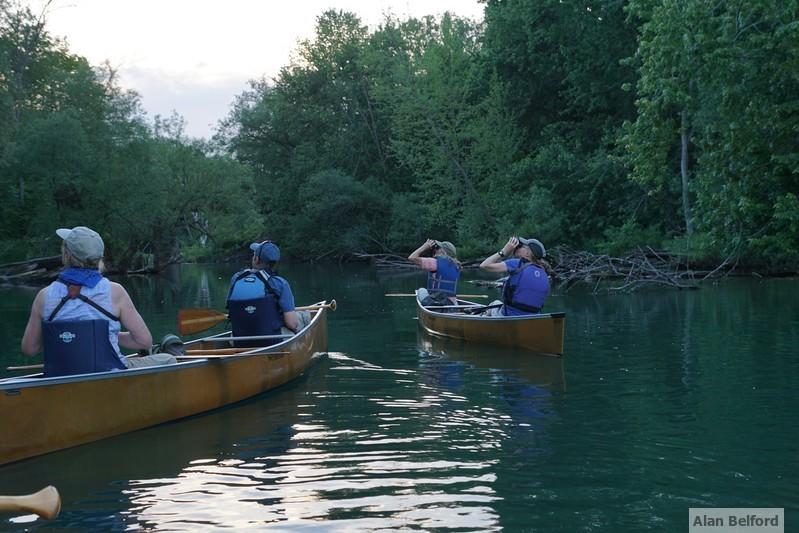
The route along the La Chute is shaded by big trees which may harbor red-bellied woodpeckers, American redstarts, warbling and yellow-throated vireos, as well as Louisiana waterthrushes, the latter two uncommon this far north. Wood ducks and green herons perch on the countless logs which stick out here and there, forcing you to zig-zag as you navigate the river, honing your paddling skills.
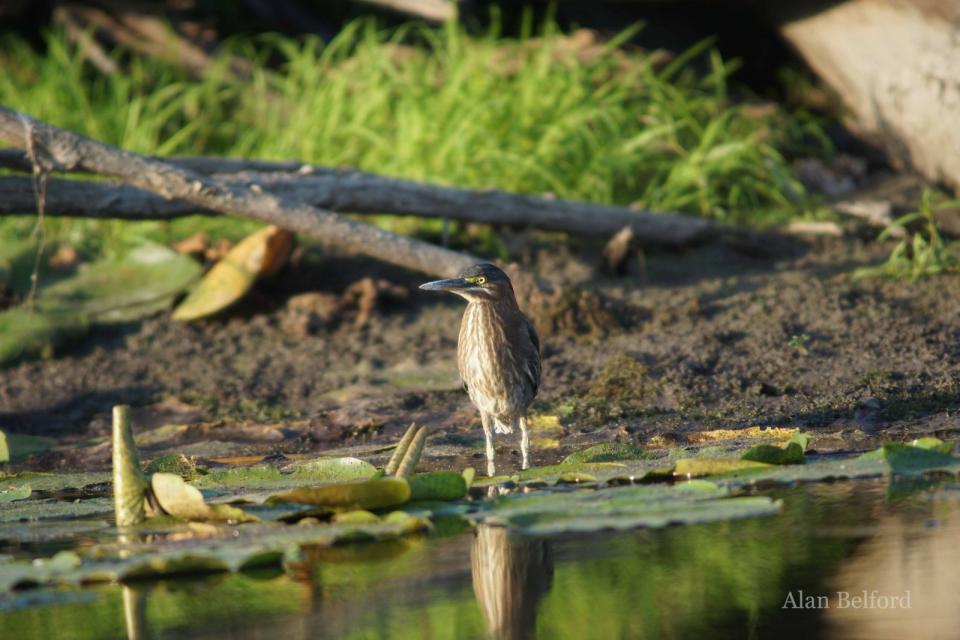
The logs also serve as the chosen resting and sunning abode for painted turtles and common map turtles. You should keep your eyes open ahead to spot the turtles before all you see is the splash they leave behind – plunk! – if you spook them. You should also watch the shoreline for a hunting mink on its quest for a meal of fish or frog. Evening trips in Ti Marsh and on the La Chute may also feature the hoots of barred owls or the serenading calls of eastern whip-poor-wills from the slopes of Mount Defiance.
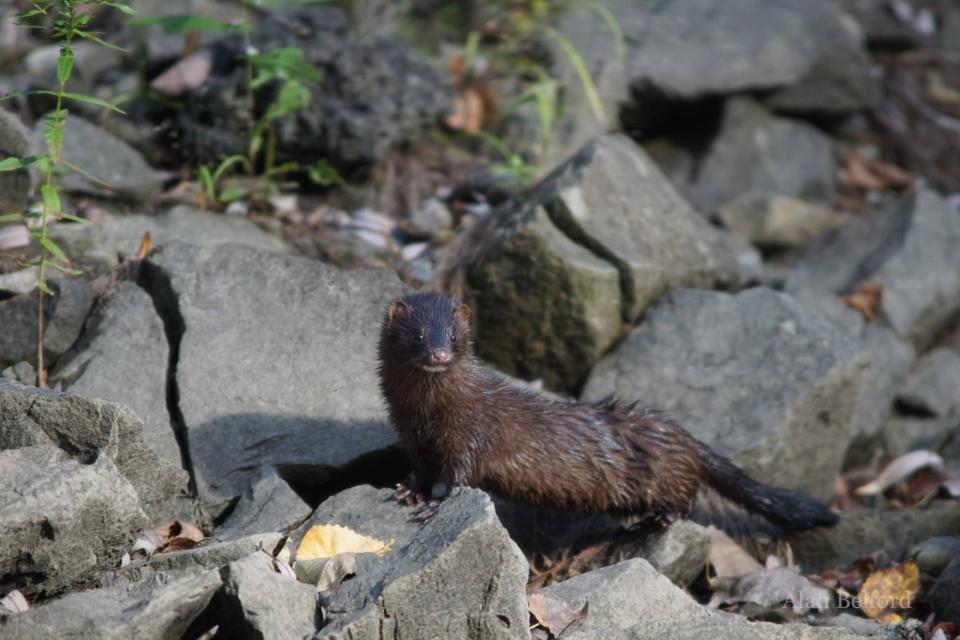
The La Chute winds beneath a few bridges and about a mile from the put-in reaches the edge of Ticonderoga Marsh, sitting beneath Mount Defiance above. Black-crowned night-herons and great egrets often sit on the dead snags along the river in this area, while late summer paddles may offer a variety of shorebirds on the exposed mudflats.
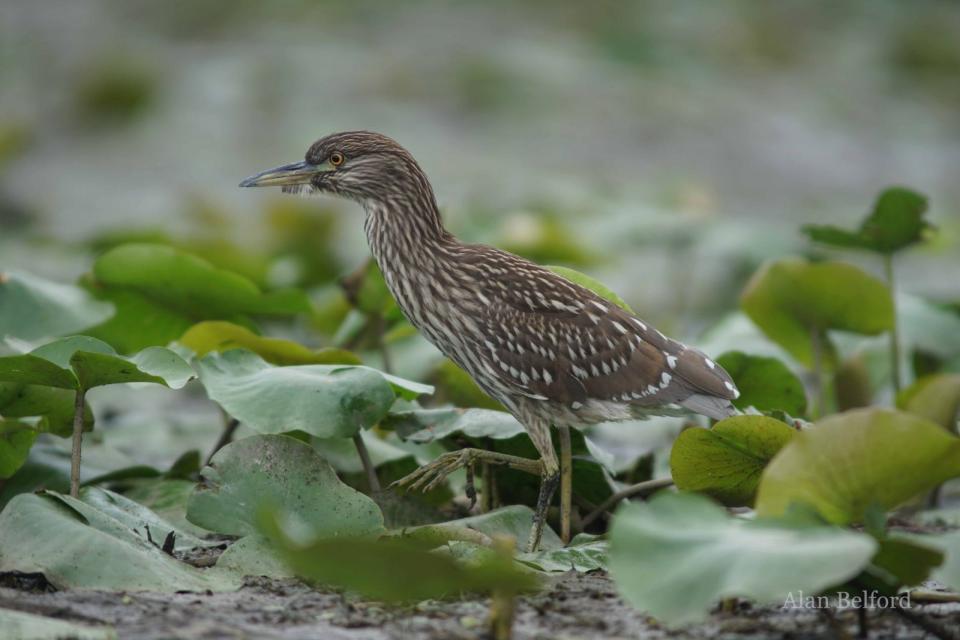
This latter point is important to note as many places in the marsh are accessible only in higher water: you may find yourself with a mucky venture if you have to walk yourself out after getting stuck. So stick to the main channel or bring along a friend who deserves some muddy exercise. That said, the marsh is loaded with wildlife and lots of nooks and crannies to explore, provided you can do it without becoming lodged. Perhaps the muskrats and otters which you might spot as you go are really just trying to lure you into such a predicament as a practical joke. The beavers are less subtle, ushering you along the route with annoyed tail slaps.
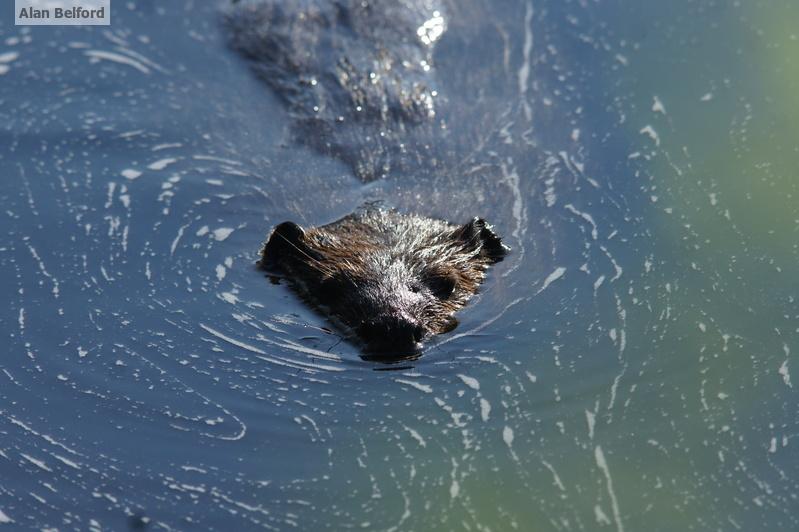
Like Scomotion Creek, the cattails of Ti Marsh are home to the likes of common gallinules, pied-billed grebes and American and least bitterns, while osprey and bald eagles cruise overhead against the impressive backdrop of Fort Ticonderoga, which sits on the bluffs above. The marsh and its many bays also attract lots of ducks — particularly during fall and spring — and some friends of mine have already paddled the La Chute this year to find an assortment of ducks in the open waters of spring. Although the river runs faster in spring than it does later in the summer thanks to snow melt, it is still easily negotiated out from the launch and back again.
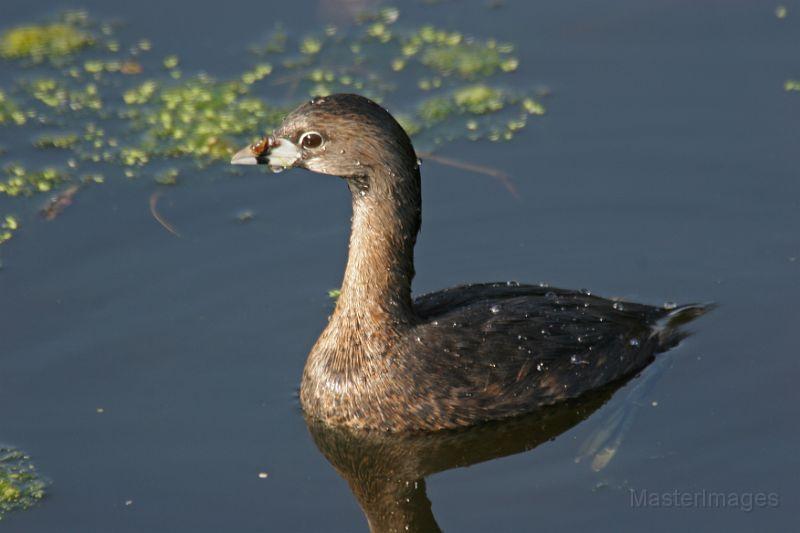
Spring paddling and wildlife viewing opportunities are coming soon – so plan your visit today with our lodging and dining pages.
